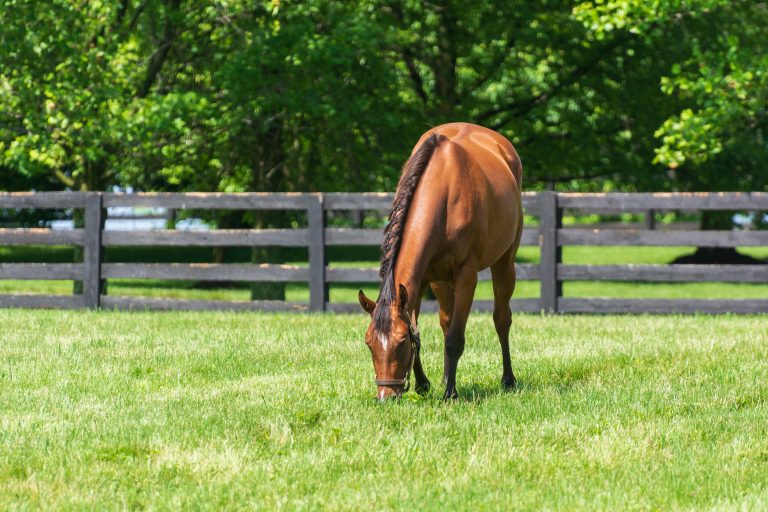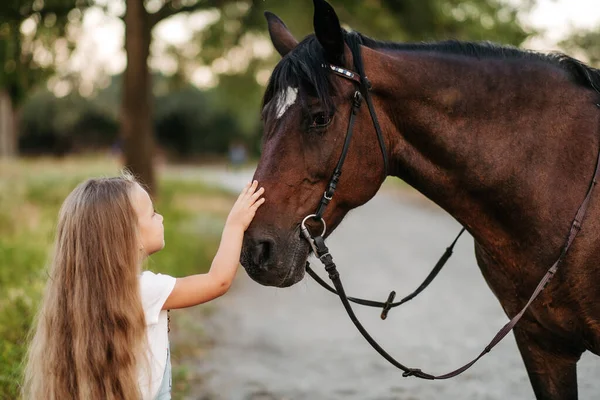As horses age, their needs evolve, and they require extra care. One critical aspect of their health is senior horse temperature monitoring. Keeping a close eye on your horse’s temperature can help prevent health issues and ensure their comfort. This article will delve into the importance of temperature monitoring for senior horses, offering insights and strategies to effectively manage their wellbeing.

Why Monitor Your Senior Horse’s Temperature?
Temperature is a vital sign that provides a window into a horse’s health. For senior horses, who may have compromised immune systems or underlying health conditions, regular monitoring becomes even more crucial. A stable temperature indicates a healthy horse, while fluctuations can signal illness or stress. Thus, senior horse temperature monitoring plays a pivotal role in preventive health care.
Understanding Normal Temperature Ranges
A horse’s normal body temperature typically ranges between 99F and 101F. However, for senior horses, knowing their baseline temperature is essential, as it can slightly differ due to age-related factors. Regularly checking and recording your horse’s temperature helps you recognize any deviations that require attention.
Tools for Accurate Temperature Monitoring
To monitor your senior horse’s temperature accurately, you need the right tools. Digital thermometers are recommended for their precision and ease of use. Ensure you have a thermometer specifically designed for equine use. Additionally, consider using a rectal thermometer as it provides the most accurate readings.
How to Take Your Horse’s Temperature
Taking your horse’s temperature is a straightforward process, but it requires patience and care. Heres how to do it:
- Ensure your horse is calm and secure.
- Apply a lubricant to the thermometer.
- Gently insert the thermometer into the rectum and wait for the beep.
- Remove and read the temperature.
Regular practice makes the process easier and less stressful for both you and your horse.
Interpreting Temperature Readings
Understanding what the temperature reading means for your horses health is crucial. If the temperature is above 101F, your horse might have a fever, indicating an infection or inflammation. Conversely, a temperature below 99F could suggest hypothermia, especially in cold weather. In either case, consult a veterinarian promptly.
Factors Affecting Horse Temperature
Several factors can influence a senior horses temperature, including:
- Environmental changes
- Exercise levels
- Stress and anxiety
- Diet and hydration
Being aware of these factors helps you determine whether a temperature change is due to external conditions or a health concern.
When to Consult a Veterinarian
While regular monitoring is beneficial, knowing when to seek veterinary advice is equally important. Persistent temperature abnormalities, coupled with symptoms like lethargy, loss of appetite, or respiratory issues, warrant professional evaluation. Early intervention can prevent more severe health problems.
Maintaining Your Horses Overall Health
Temperature monitoring is just one aspect of caring for senior horses. Its essential to ensure they have a balanced diet, regular exercise, and a comfortable living environment. Proper bedding for senior horses and adequate hydration are critical in maintaining their health.
Implementing a Monitoring Routine
Establishing a routine makes temperature monitoring manageable. Incorporate it into your daily care schedule, perhaps in conjunction with feeding or grooming times. Consistency allows you to detect any changes promptly, ensuring timely action when necessary.
Utilizing Technology for Monitoring
Advancements in technology offer new ways to monitor your horses health. Wearable devices and smart thermometers provide continuous temperature tracking, sending alerts for any abnormalities. These tools can be invaluable for busy owners who want to ensure their horses wellbeing at all times.
The Role of Environment in Temperature Management
The environment plays a significant role in a horse’s temperature regulation. Ensure your horse has access to shelter and shade, especially during extreme weather conditions. Proper pasture management is crucial for maintaining a healthy living space.
Adjusting Care for Seasonal Changes
Seasonal changes can affect a horse’s temperature. During summer, ensure your horse stays hydrated and cool. In winter, provide adequate warmth and protection from the elements. Monitoring temperature helps you adjust care according to the season, ensuring your horse’s comfort year-round.
Conclusion
Caring for a senior horse involves attentive monitoring and proactive management. Regular senior horse temperature monitoring is a simple yet effective way to ensure your horse remains healthy and comfortable. By understanding their normal temperature range, using the right tools, and knowing when to seek veterinary advice, you can significantly enhance their quality of life. For more tips on caring for older horses, visit PetMD’s guide on horse care.

FAQs
How often should I check my senior horses temperature?
It is advisable to check your horse’s temperature daily, especially if they have existing health issues. This helps in early detection of any potential problems.
What should I do if my horse’s temperature is abnormal?
If you notice a significant deviation from the normal temperature range, consult your veterinarian immediately. Early intervention is crucial for effective treatment.
Are there any specific signs to look for besides temperature changes?
Yes, observe for signs like lethargy, changes in appetite, or respiratory issues. These can accompany temperature changes and indicate underlying health problems.
This article contains affiliate links. We may earn a commission at no extra cost to you.
